11: Plant Assets and Intangible Assets Business LibreTexts
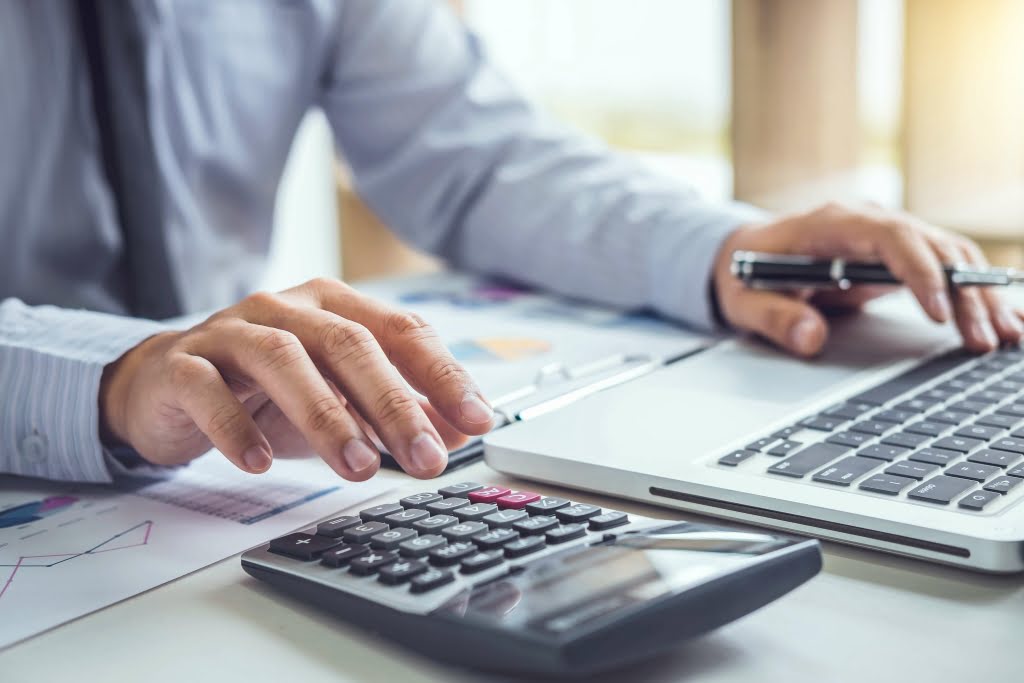
Equipment is also quite valuable and crucial to the operation of any organization. It propels operations forward and allows a company to generate money on a consistent basis. Equipment is also one of the most varied forms of plant assets since it differs based on the industry or the specific demands of each company. Depending on the industry and purpose of a company, a number of items might now qualify as plant assets. The purchase and sale of plant assets would affect a company’s cash flow.
Related AccountingTools Courses
- At almost $23 billion, PP&E composes almost half of the total assets of $51 billion.
- Current assets typically include cash, inventory, accounts receivable, and other short-term liquid assets.
- It is the efficient use of these resources that in many cases determines the amount of profit corporations will earn.
- Tom’s Machine Shop is a factory that machines fine art printing presses.
- When a company acquires a plant asset, accountants record the asset at the cost of acquisition (historical cost).
Cost includes all normal, reasonable, and necessary expenditures to obtain the asset and get it ready for use. Acquisition cost also includes the repair and reconditioning costs for used or damaged assets as longs as the item was not damaged after purchase. Unnecessary costs (such as traffic tickets or fines or repairs that occurred after purchase) that must be paid as a result of hauling machinery to a new plant are not part of the acquisition cost of the asset. Plant assets, also known as fixed assets, are any asset directly involved in revenue generation with a useful life greater than one year.
HOW THE MOTLEY FOOL CAN HELP YOU
Shaun Conrad is a Certified Public Accountant and CPA exam expert with a passion for teaching. After almost a decade of experience in public accounting, he created MyAccountingCourse.com to help people learn accounting & finance, pass the CPA exam, and start their career. Plant assets are deprecated over their useful lives using the straight line or double declining depreciation methods. For example, a business spends £5,000 on upgrading the manufacturing machine to improve its efficiency. Therefore, the company would record the machine at £110,000 as the initial cost. As for buildings, per IRS rules, non-residential buildings can be depreciated over 39 years using the Modified Accelerated Cost Recovery System (MACRS) method of depreciation.
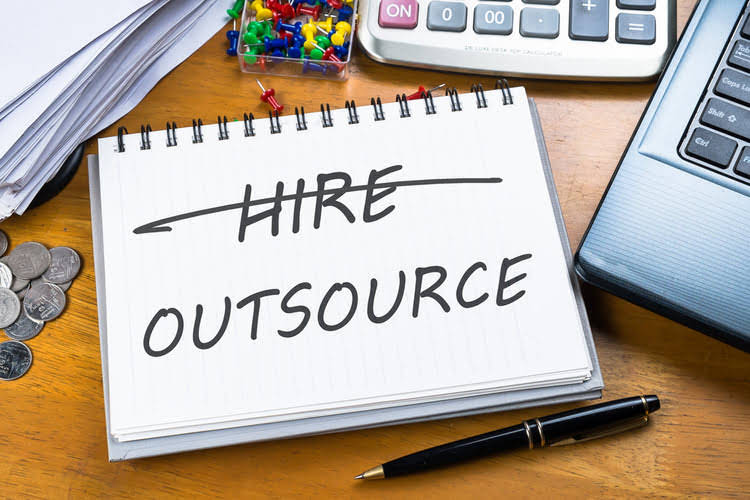
Current assets versus plant assets
At almost $23 billion, PP&E composes almost half of the total assets of $51 billion. Founded in 1993, The Motley Fool is a financial services company dedicated to making the world smarter, happier, and richer. The Motley Fool reaches millions of people every month through our premium investing solutions, free guidance and market analysis on Fool.com, top-rated podcasts, and non-profit The Motley Fool Foundation.
- Usually this cost includes architect’s fees; building permits; payments to contractors; and the cost of digging the foundation.
- Named during the industrial revolution, plant assets are no longer limited to factory or manufacturing equipment but also include any asset used in revenue production.
- Plant assets are long-term fixed assets that are utilized to manufacture or sell a company’s products and services.
- The name plant assets comes from the industrial revolution era where factories and plants were one of the most common businesses.
- Plant assets are reported within the property, plant, and equipment line item on the reporting entity’s balance sheet, where it is grouped within the long-term assets section.
- Plant assets, also known as property, plant, and equipment (PP&E), are tangible assets with a useful life of more than one year.
This includes purchase price, shipping costs, installation charges and any other costs directly attributable to bringing the asset to its working condition. These assets are held by businesses for use in the production or supply of goods and services, for rental to others, or for administrative purposes. Plant assets, also known as property, plant, and equipment (PP&E), are tangible assets with a useful life of more than one year. As we continue to walk our way down the balance sheet, we come to noncurrent assets, the first and most significant of which is PP&E.
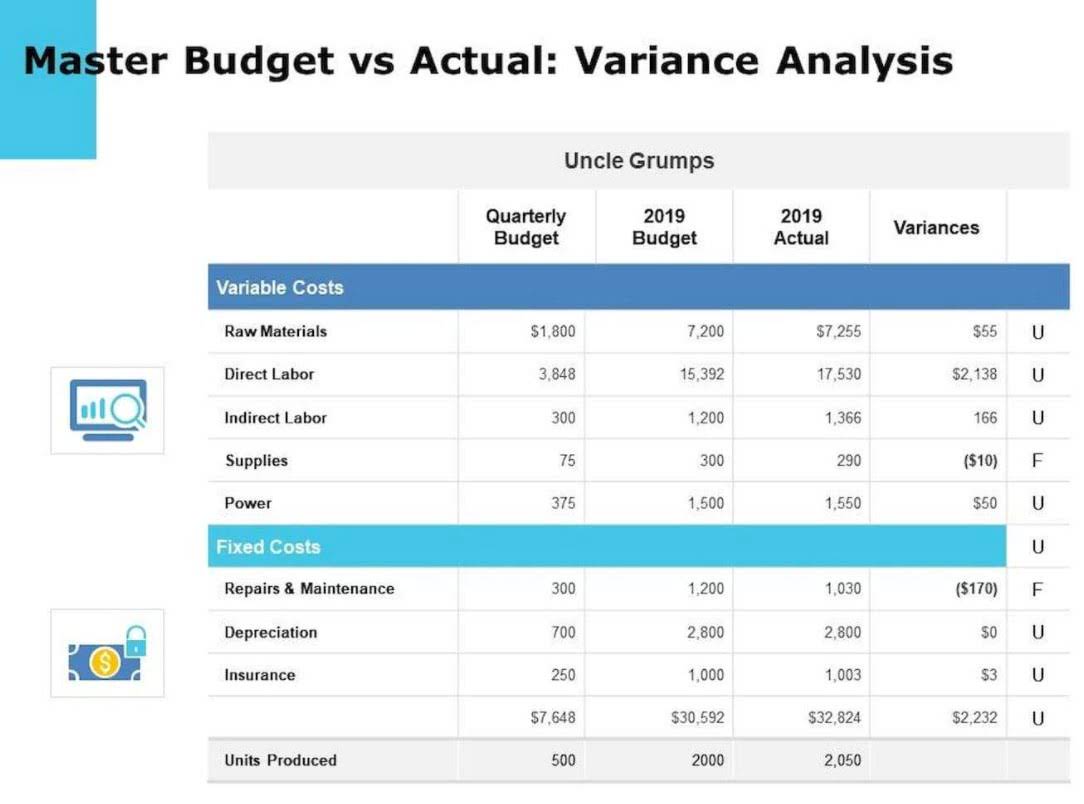
If the equipment or machinery in question is a necessary part of your business operation, it’s a plant asset. It is interesting to note that IAS 16 has pointed out that a plant asset purchased for safety or environmental reasons could qualify as a plant asset even if it does not one characteristic of plant assets is that they are contribute to revenue. Its accounting definition could be identified in IAS 16 Property, Plant and Equipment. IAS 16 defines them as physical assets that are used to produce revenue or for administrative purposes and are expected to be in use for more than one accounting period.
- Plant assets should be depreciated over their useful life, and reflected as an expense on the income statement.
- Regardless of the company you’re analyzing, plant assets tend to be those held for long-term use and depreciated over their useful lives.
- It helps portray a sense of confidence, respect and tone to your message..
- We’re firm believers in the Golden Rule, which is why editorial opinions are ours alone and have not been previously reviewed, approved, or endorsed by included advertisers.
- A plant asset should be recognized at its costs when it fully meets the definition above by IAS 16.
The Ascent, a Motley Fool service, does not cover all offers on the market. When researching companies, the financial statement is a great place to start. Knowing how to end a business note or email is an important skill to develop. It helps portray a sense of confidence, respect and tone to your message..
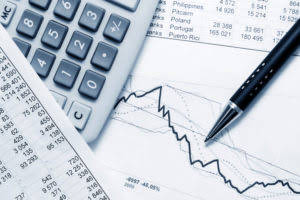
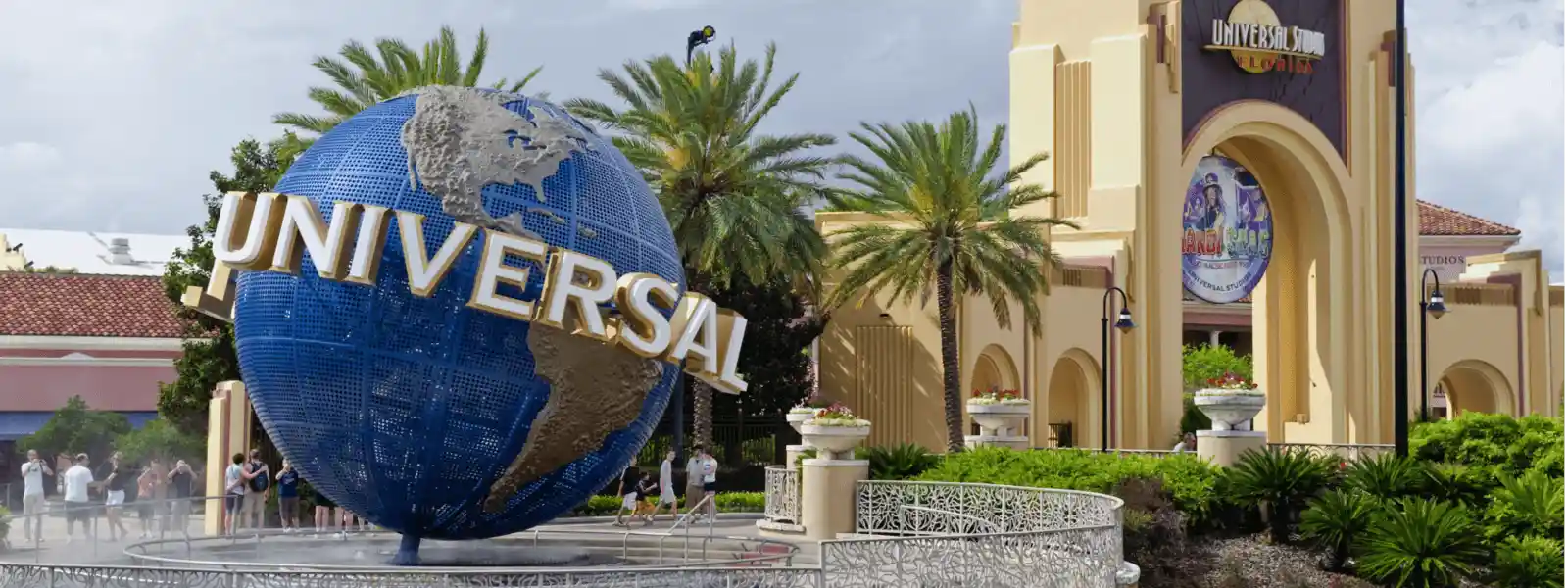
Named during the industrial revolution, plant assets are no longer limited to factory or manufacturing equipment but also include any asset used in revenue production. A plant asset is any asset that can be utilized to produce revenue for your company. Plant assets are goods that are considered long-term assets because of their high price or worth, even if the assets depreciate. It’s crucial to recognize which of your assets are plant assets, regardless of their worth. The goods you can include in this category are usually useful assets that help your business well. Plant assets are key to a company’s production process and are often considered among the most valuable items on the balance sheet.

- The Ascent, a Motley Fool service, does not cover all offers on the market.
- Even if a company does not operate on-site or own property, many businesses profit from purchasing land, even if they do not intend to use it until later.
- As they will be used for more than one accounting period, they are subject to depreciation.
- The only exception is land, which does not have a limited useful life, so cannot be depreciated.
- Over time, plant asset values are also reduced by depreciation on the balance sheet.
- Here, we’ll discuss what plant assets are, why they matter, and how they fit into a company’s financial circumstances.
Despite the fact that plant assets are still referred to as such, the assets in this category are no longer confined to factory or plant-related resources. Plant assets are long-term fixed assets that are utilized to manufacture or sell a company’s products and services. These are physical assets that are expected to be financially useful to a company for more than a year.
A plant asset can be defined as any asset that can be utilized to produce revenue for the company. Depreciation is the process by which a plant asset experiences wear and tear over a particular period of time. Depreciation expense — calculated in several different ways — is then carried through to the income statement and reduces net income. Over time, plant asset values are also reduced by depreciation on the balance sheet. The accountant debits the entire costs to Land, including the cost of removing the building less any cash received from the sale of salvaged items while the land is being readied for use. Land is considered to have an unlimited life and is therefore not depreciable.
- Previous article:
- What Is a Paper Trade? TIME Stamped
- Next article:
- Alcohol and Dry Eyes: Is There a Connection?
